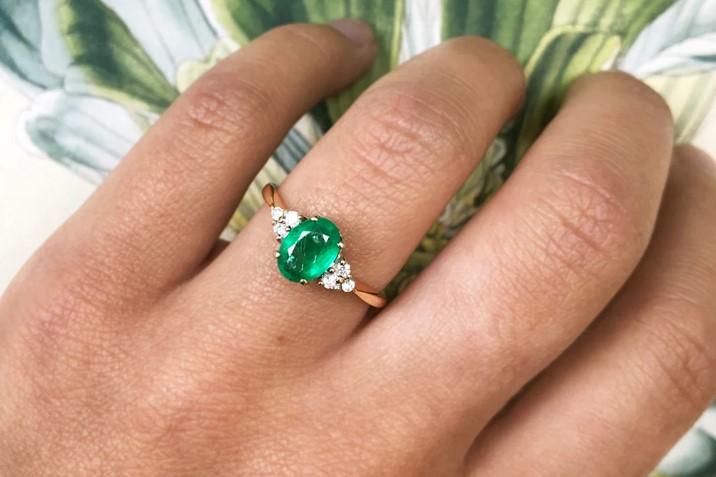To locate out how food stuff styling influences social media engagement, scientists gathered almost 54,000 pictures from the Instagram accounts of 90 foodstuff influencers, then used equipment studying to examine almost everything from their coloration and brightness to their complexity and repetition in the images. They also calculated the ordinary calorie density of the foodstuff pictured. Then, the scientists analyzed how much engagement every photo had generated on the web.
The food pics that generated the most likes and clicks shared some attributes.
Photographs with “arousing, warm colors this sort of as purple, orange and yellow” were being more probably to crank out engagement online, as were being those people with repetition — feel, a picture of a tray of macarons as opposed to a photo of a single piece of fruit.
Pics with much more aspect complexity, which the scientists defined as richness in things and perceptual depth, ended up also additional possible to generate likes and remarks.
In contrast, pics with additional compositional complexity, in which visual factors clustered in a individual segment of the photograph, created a lot less engagement. Photos that had been brighter and much more colorful than normal also received fewer likes and responses.
The far more calorie-dense a foodstuff graphic was, the extra likely it was to get lots of likes and opinions, the researchers found.
That may well appear like bad news for those attempting to endorse healthful foods on the internet. But the researchers pointed out that the consequences of visible aesthetics had been much more pronounced for the lower-calorie visuals, suggesting that a number of easy tweaks could make illustrations or photos of even nutritious meals extra palatable to social media users.
“There are some neurological scientific tests that display as men and women visually process substantial-calorie meals, they procedure them a lot quicker than minimal-calorie photos,” stated Muna Sharma, a data scientist who was a co-creator of the examine although a PhD scholar at the College of Georgia’s College of Family members and Customer Sciences, in a news release. “So, when they are hunting at a low-calorie image, they give much more consideration to all of these visual attributes. That implies that if you want to attract people’s attention to these lessen-calorie foodstuff, you have to just take care to spotlight particular elements.”
Such as warmer colors, repetitive options and showcasing food items on a clear track record could assist improve engagement for lower-calorie foods, she says — and probably assist balanced foods trend.





